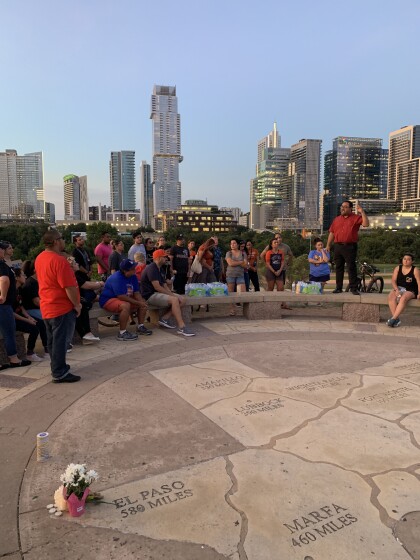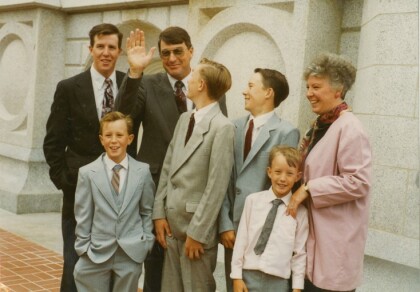Report this entry
More from the same community-collection
Remembering the victims of EP Shooting, from 580 miles away.
The names of the victims were called and a minute of silence ...
Four Generation Kirkham Family Picture
B-Carol Hatch, Nan Kirkham (Carol's Grandmother), Cleo Kirkham ...
Grandma Grover Four Generation Photo
B-Blanche Grover Kirkham (Carol's Mom), Elnorah Grover, Carol ...
Travis Hatch Wedding Family Picture
B-Garrett, Gerald F-Berkley, Gregory, Randall, Quintin, Carol, ...






























Comments
Add a comment